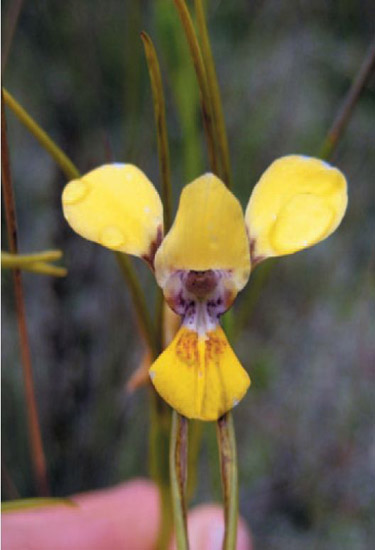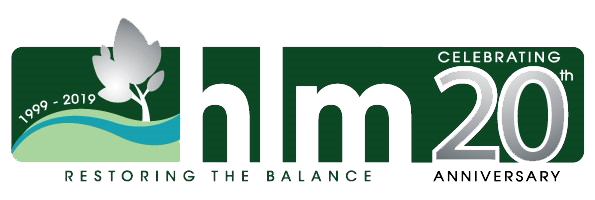Case Studies
Hunter Land Management has a Proven Track Record at Successfully Planning and Implementing Ecological Projects.
Our multi-disciplinary team of environmental specialists have the skills, experience and equipment to get the best outcomes on terrestrial and aquatic projects throughout the Hunter Valley and surrounding regions.
Learn more about the work we do in the following case studies.
At HLM we believe that our focus on professional development and the utilisation of available technological advancements gives our clients an assurance about the quality of work being undertaken by HLM:
- OHS
- Qualifications and Accreditations
- Insurances
- Quality and Safety – QSAFE
For more information, please contact Daniel Lewer on daniel.lewer@hlmaus.com.au or 0412 404 499 or click here.
This project is an initiative of Xstrata Coal, Singleton Council, Singleton Shire Landcare Network (SSLN) and the Hunter-Central Rivers Catchment Management Authority (CMA) and involves all parties combining resources with help from landholders to begin rehabilitating a section of the Hunter River adjacent to the Singleton town centre.
- noxious and environmental weed removal and control
- liaison with landholders in regards to scope of works
- large scale planting of native vegetation
The main focus of this large scale project is to maintain and re-establish the native vegetation along the 11.5km of river bank by means of environmentally friendly revegetation. The project involves large organisations contributing to local projects with an overall positive environmental perspective within the community. Funds contributed by these organisations have enabled this project to be the success it has become. Funds have enabled plants to be purchased, planted, maintained, weeds controlled and the natural river bank ecosystems restored. Continued funding will see this project exceed expectations.
To March 2011 approximately 4.5km of river bank has been regenerated with extensive weed control and revegetation works. Hunter Land Management have project managed these works, as well as provided specialist advice to landholders and skills and equipment to project sites. Part of our role has been to liaise with landholders to develop project plans specific to each site.
The works have been completed utilising Hunter Land Management’s specialised environmental rehabilitation staff together with Conservation Volunteers Australia trainees undertaking field work to complete Conservation & Land Management Certificates.
The images show a map of the scoped works completed and to be commenced, together with before and after photos of stretches of the river that illustrate the results being achieved.
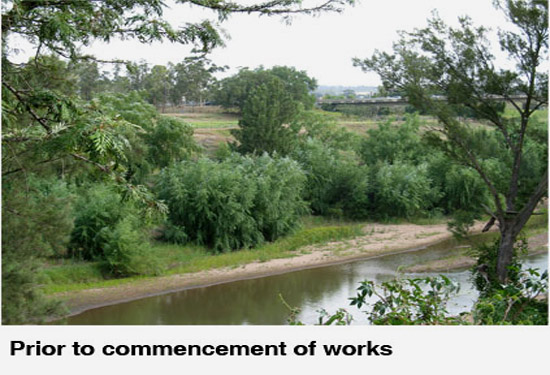
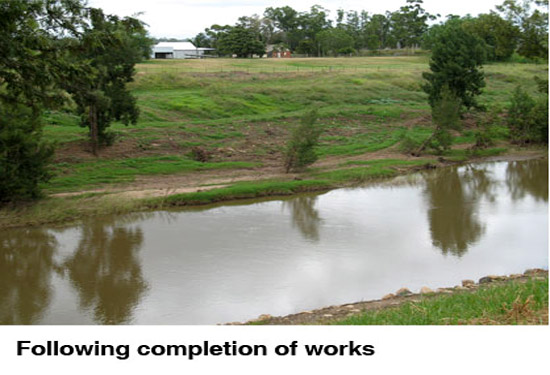
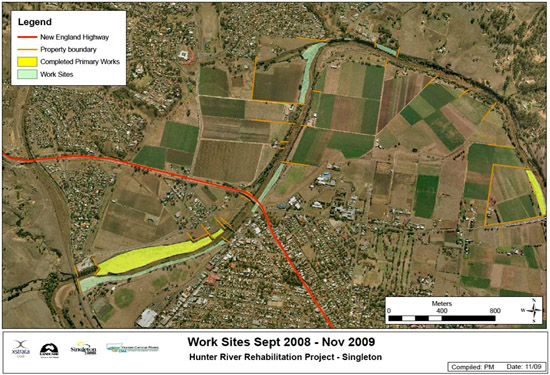
Over winter 2013 HLM planned, prepared and coordinated a series of prescribed burns of a Biodiversity Conservation Area for a coal mining venture including liaison with authorities and before and after burn monitoring. These burns formed part of a recently completed Fire Management Strategy, which was developed by HLM, for the site which encompassed both asset protection measures along with development of practical ecological burning targets to meet a Biodiversity Offset Management Plan written for the site.
HLM completed site inspections of the area, developed a ‘burn plan’ for the site, including definition of fire break locations and extent, and then coordinated the preparation of the site for the burn. This preparation including brushcutting around planted tubestock on the site, natural regrowth and other natural assets such as logs and stag trees. This preparation enabled minimal use of the NSW RFS in the lighting and management of the burn on the day which was then followed up by HLM employees mopping up the site and attending the site the following day to ensure all remaining parts of the fire were extinguished.
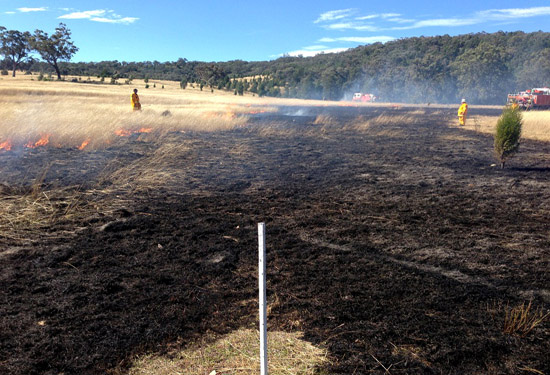

HLM were contracted by Ferrier Hodgson to remediate 400+ houses in the Speers Point, Argenton and Boolaroo areas for Lead Contamination.
The Pasminco Smelter, which was located at Boolaroo NSW, was a renowned smelter for aluminium, lead, production of sulphides and various other heavy metal compounds. Over the 50+ years in operation, exhaust fumes and dust particles have settled in the surrounding landscape significantly contaminating the area.
HLM undertook the following remediation works:
- Category 2 – Bare areas of soil where grass isn’t growing is to be topsoiled and returfed, capping the contaminated soil beneath. Areas which are bare and constantly shady are to be topsoiled and mulched.
- Category 3 – Designated areas of the property are to be completely topsoiled by 25mm to cap soil beneath. Shady areas which aren’t covered by turf are to be topsoiled and mulched capping contaminates beneath.
- Category 4 – Designated areas are to be rotary hoed to a depth of 50mm, topsoiled by 50mm and returfed completely. Areas which are shady are to be rotary hoed, topsoiled to 50mm and mulched.
- These works are to cap contaminates in the soil profile, dilute contamination and also to prevent any exposure of contaminated soil. The following before and after photos demonstrate the outcomes being achieved on this project.
HLM received the below feedback from a resident following the completion of lead abatement works at their property:
“Just wanted to drop you a line to say how happy we are with the job you did for us at Speers Point. The staff on site were excellent and did a fantastic job for us. We could not have asked for a better transformation.”


HLM was contracted by Eraring Energy in April 2012 to conduct Pindone Baiting to specifically target the highly abundant European Rabbit inhabiting the area.
- Spotlight counts were done to estimate populations and also identify active areas to be baited.
- Baiting was conducted over the period of a month with free feeding occurring to entice targets into baiting stations.
- HLM baiting stations are designed with limited accessibility for non target animals as can be seen in the images.
- Over 25kg of Pindone Oat Poison was consumed throughout the program and upon the post control spotlight survey – numbers and activity of rabbits in the area had decreased drastically.
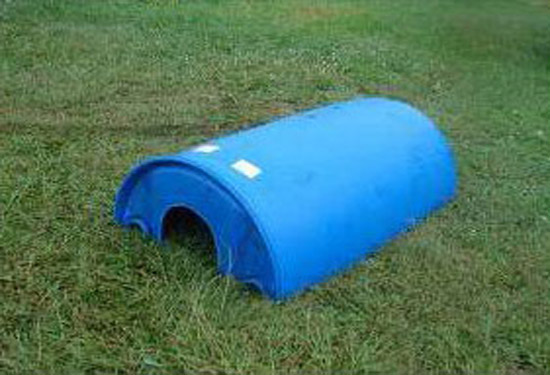
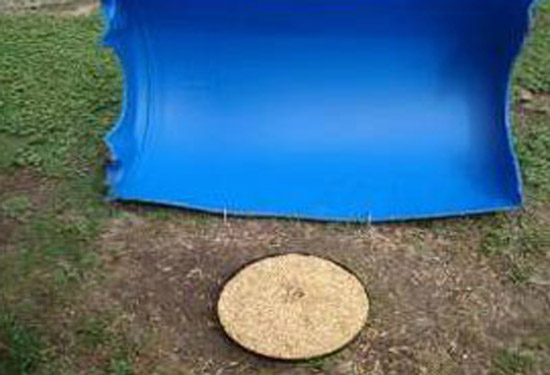

This project included the Singleton Army Range ( >10,000ha) and smaller installations, including the Stockton Rifle Range on the hind dunes.
Weed control has included a combination of Foliar Spraying with our ute mounted twin reel 600L Quikspray units as well as more targeted hand weeding in sensitive areas such as along creek lines and in amongst dense native vegetation.
With our substantial skilled and experienced workforce and resources base HLM has been able to meet the demand for control required by the client over a short time frame.
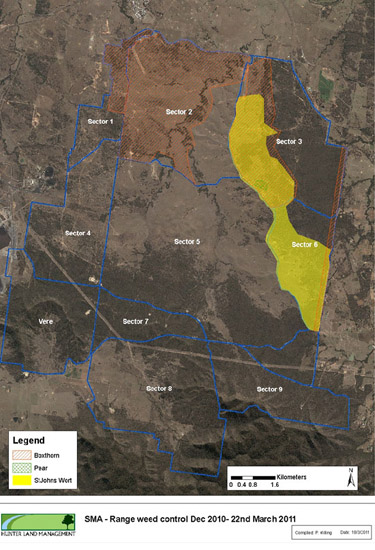
After an extensive baiting and trapping program to control pigeons roosting in a CHPP in the Hunter Valley, HLM were contracted to undertake a shooting program to attempt to better control the population which was significantly impacting personnel and equipment operating the plant.
A detailed risk assessment and procedure was developed to ensure all staff on site were safe, the maximum amount of pigeons were on site (at night) with the minimal people and no equipment was to be damaged during the program.
A test was conducted at the HLM depot to determine the point at which our high powered air rifle would pierce corrugated iron and 50% safety factor was added and this became the minimum distance for shooting to prevent missed or pass through shots creating holes in shed linings and therefore water leaks.
Over a two night shooting program (4 hours per night) with one trained and experienced HLM staff member on site around 280+ pigeons were controlled safely and efficiently with no issues. This was approximately 10x the amount previously controlled during trapping programs over many attempts. Pest shooting programs can be done safely and efficiently if completed using experienced and trained staff and should form part of any Integrated Pest Control Programs.
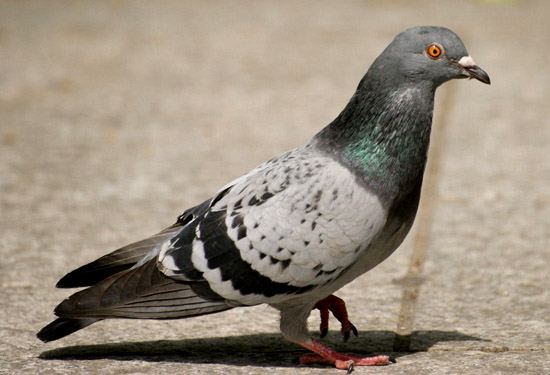
During the months of September and October 2011, HLM took on the task of constructing specially designed compounds to protect groups of threatened orchids transplanted from the disturbance area of a Hunter Valley Mine to suitable environmental offset areas.
The two species of Orchid transplanted were Diuris tricolor or Painted Diuris (Vulnerable TSC and Vulnerable EPBC – pictured below), and Prasophyllum sp. aff. petilum (nominated endangered EPBC Act and TSC Act), which is found in situ with the Diuris tricolor.
A total of three compounds broken up into 1m2 grids were planted out with 1200+ orchids. Both species were represented with individual plants collected from as wide a population base as possible across the designated area. Plants were taken within a cut section of native soil to ensure minimal disturbance, transported in covered trailers and replanted on the day they were removed. Cooperative damp weather with regular light to medium showers provided excellent conditions for the project providing damp soil and limiting the risk of heat stress on the orchids.
The end result is an easily identified protection area with individually identified orchids mapped per their grid location which will allow for ongoing monitoring and assessment. The gated compounds will prevent unwanted trampling or grazing by cattle as well as accidental disturbance by vehicles.
